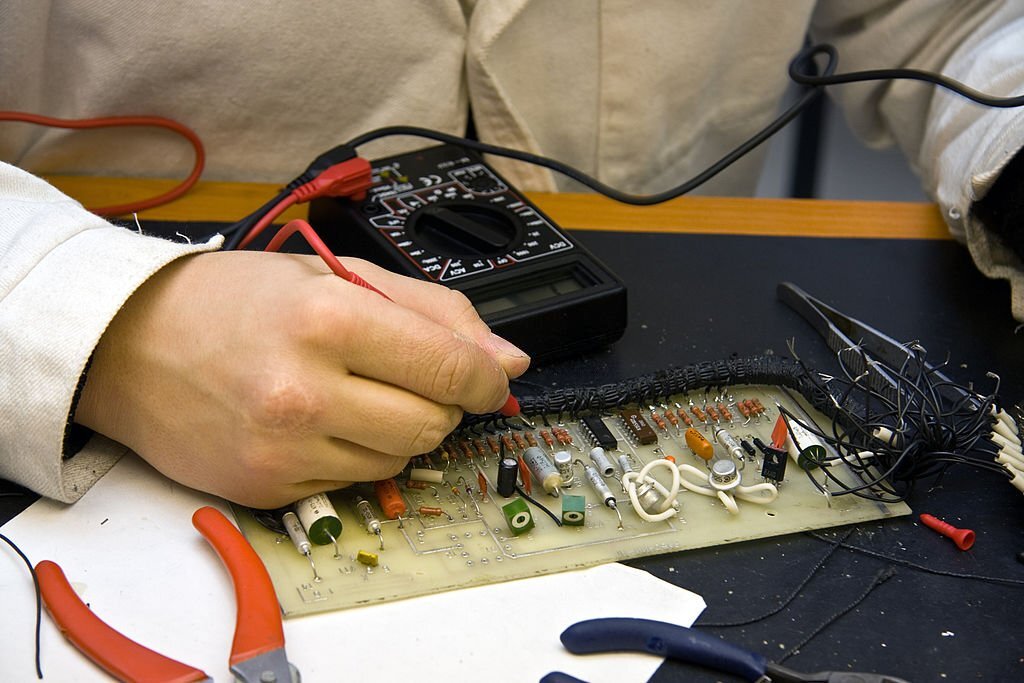Appliance testing and tagging, also known as electrical equipment testing or portable appliance testing (PAT), is a crucial process that ensures the safety of electrical appliances in homes, offices, and industrial settings. This process involves inspecting, testing, and tagging electrical equipment to ensure they are safe to use and comply with the relevant safety standards.

The primary objective of appliance testing and tagging is to prevent electrical accidents, such as electric shocks, fires, and explosions, which can result from faulty or damaged electrical equipment. Electrical accidents are estimated to account for many fires and injuries yearly, making appliance testing and tagging an essential aspect of electrical safety.
Qualified electricians or technicians use specialized equipment to inspect and test various electrical appliances during the testing and tagging process. They typically check for any visible signs of damage, such as frayed wires, loose connections, or broken plugs. They also perform electrical tests, including insulation resistance tests, earth continuity tests, and polarity tests, to ensure that the appliances function correctly and do not pose any safety hazards.
Once an appliance has been inspected and tested, it is tagged with a label that indicates its safety status. The tag usually includes information such as the test date, the next due date for retesting, and the name or identification number of the person who conducted the testing. This tagging system allows users to easily identify whether an appliance has been tested and is safe to use or if it requires retesting.
Appliance testing and tagging should be conducted periodically, as electrical equipment can deteriorate over time due to wear and tear, environmental factors, or improper handling. The testing frequency depends on various factors, including the type of appliance, its usage, and the working environment. For instance, appliances used in high-risk environments, such as construction sites or factories, may require more frequent testing than those used in low-risk environments, such as offices or homes.
It is important to note that appliance testing and tagging should only be performed by qualified professionals with the knowledge, skills, and equipment to carry out the process safely and accurately. These professionals should thoroughly understand electrical regulations and standards, such as the AS/NZS 3760:2010 Standard, which provides guidelines for the in-service safety inspection and testing of electrical equipment.
In addition to ensuring electrical safety, appliance testing, and tagging offer several benefits. Firstly, it helps organizations comply with legal obligations and workplace health and safety regulations. By conducting regular testing and tagging, businesses can demonstrate their commitment to providing a safe working environment for their employees and customers.
Secondly, appliance testing and tagging can help prevent costly disruptions caused by electrical failures. By identifying and addressing potential issues early on, businesses can avoid unexpected breakdowns or outages, leading to productivity losses and expensive repairs or replacements.
Lastly, appliance testing and tagging promote peace of mind for individuals using electrical appliances in their homes or workplaces. Knowing that their appliances have been tested and deemed safe can alleviate concerns and create a sense of security.
Overall, appliance testing and tagging are critical in ensuring electrical safety and preventing accidents caused by faulty or damaged electrical equipment. By adhering to proper testing procedures and regularly tagging appliances, individuals and organizations can protect themselves, their assets, and their reputation.